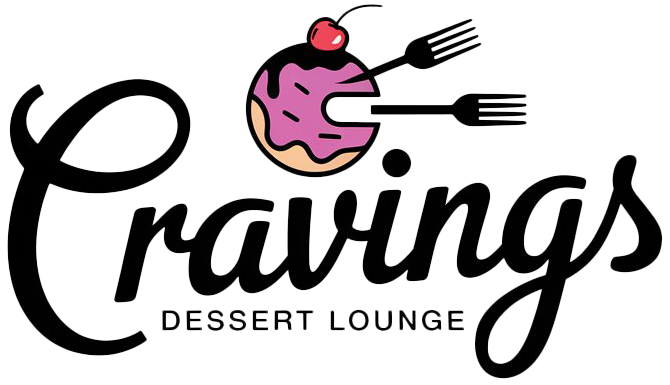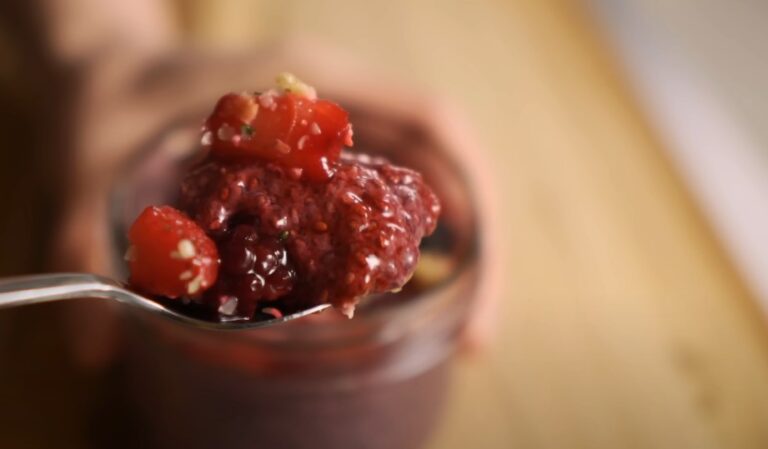Baking without gluten can feel like a gamble. One minute you’re trying to make cupcakes for your best friend’s birthday, the next you’re staring at a tray of dry, crumbly sadness.
But here’s the good news—gluten-free baking doesn’t have to be frustrating. Actually, it can be downright delicious, easy, and even kind of fun once you’ve got a few tricks up your sleeve.
This post is for anyone who’s ever said, “Wait, this is gluten-free?!” after taking a bite.
It doesn’t matter if you’re baking for someone with celiac, experimenting for your own health, or just curious about trying something different, these easy recipes and tips will get you a delicious dessert without the stress.
Essential Gluten-Free Ingredients and Pantry Staples
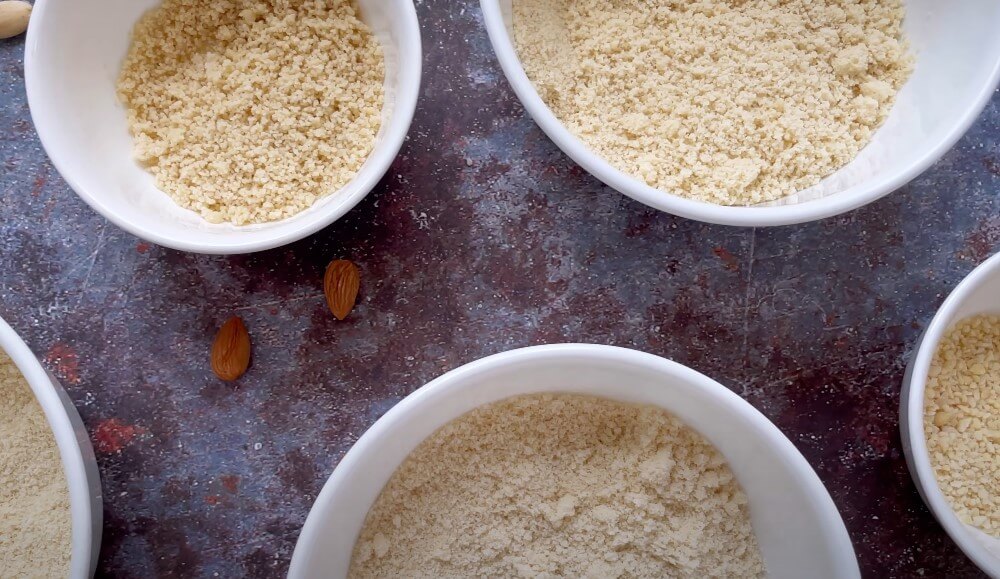
Cooking without conventional wheat flour doesn’t have to be complicated. With a few well-chosen ingredients, you can create anything from gooey chocolate brownies to a towering layer cake.
Here’s a handy list of items that can form the base of your gluten-free dessert arsenal:
Almond Flour
Brings a moist, tender crumb to cakes and cookies. Plus, it has a natural sweetness and a lovely nutty aroma.
- Tip: Store it in the freezer if you don’t use it often, since it can go rancid more quickly than wheat flour.
Coconut Flour
Absorbs a lot of liquid, so a recipe that calls for just a small amount of coconut flour might still produce a lot of servings.
This flour can add a subtle coconut flavor and is fantastic in combination with stronger tastes like chocolate or peanut butter.
- Warning: Don’t substitute coconut flour directly for other flours on a 1:1 basis. If the recipe says 1/4 cup, trust it.
Gluten-Free All-Purpose Blends
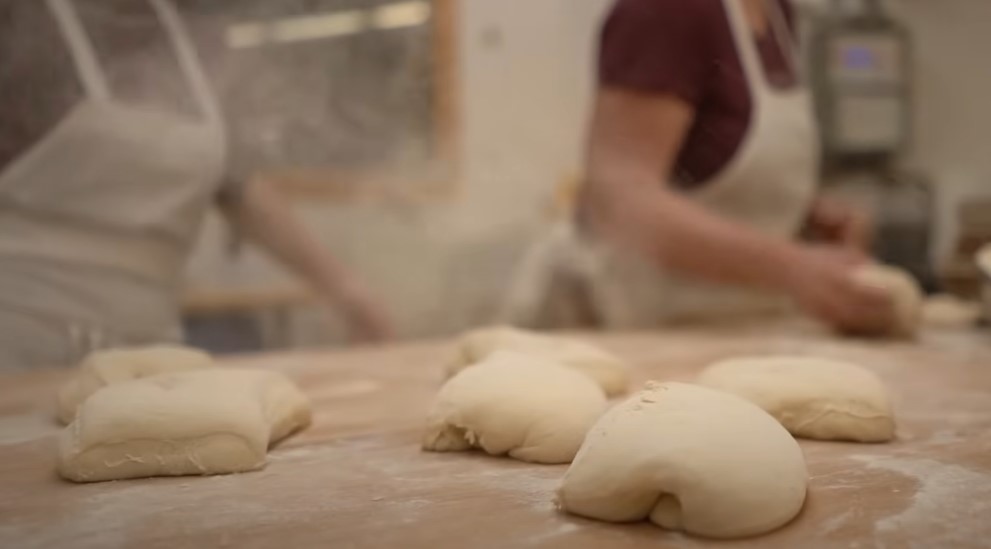
Companies like King Arthur Baking, Cup4Cup, or Bob’s Red Mill often include a balanced mix of rice flour, tapioca starch, potato starch, and a binder like xanthan gum.
These blends aim to mimic the structure and texture of wheat flour.
- Tip: If your blend doesn’t include xanthan gum, you might need to add a bit yourself (about 1/2 teaspoon per cup of flour) to improve elasticity and prevent crumbling.
Binders (Xanthan Gum or Psyllium Husk)
Helps hold everything together in the absence of gluten’s sticky properties. They’re crucial in baked goods like bread, pizza dough, or soft cookies.
- Starches (Cornstarch, Arrowroot, Tapioca)
- Lighten up gluten-free cakes and biscuits. Starches create that soft crumb you’d usually get from wheat flour.
- Naturally Gluten-Free Ingredients: Chocolate, fruit, eggs, sugar, honey, dairy, and most nuts. These are your friends. Keep them around for fuss-free desserts that don’t require special flours.
Quick Reference Table for Gluten-Free Flours
| Flour Type | Texture Contribution | Best Used In | Special Notes |
| Almond Flour | Moist, tender, slightly dense | Brownies, cookies, dense cakes | Higher fat content, so it keeps desserts soft |
| Coconut Flour | Highly absorbent, can be fluffy | Muffins, pancakes, some cakes | Use recipes specifically formulated for coconut flour |
| GF All-Purpose Blend | Mimics wheat flour, moderate crumb | Cakes, cookies, breads (with binders) | Great for general-purpose gluten-free baking |
| Oat Flour (certified GF) | Light, slightly sweet, wholesome taste | Muffins, cookies, quick breads | Must ensure packaging states GF to avoid cross-contamination |
Must-Try Gluten-Free Dessert Recipes

Let’s talk specifics. Below are some easy, crowd-pleasing options. Some use dedicated gluten-free flours, others rely on naturally flourless methods.
All of them are simple enough for beginners and definitely comforting for anyone with a sweet tooth.
1. Flourless Chocolate Cake
Decadent, rich, and surprisingly straightforward. You don’t need a bunch of fancy items—just good chocolate, butter, sugar, eggs, and maybe a pinch of salt or cocoa powder.
- Occasion: Birthday parties, dinner dates, or holiday feasts.
- Tip: Aim for chocolate in the 60% to 70% cacao range. It provides enough sweetness while still feeling indulgent.
- Serving Suggestion: A dollop of whipped cream on top, plus some fresh berries. Even a dusting of powdered sugar looks gorgeous if you want to keep it simple.
2. Chocolate Chip Cookies with Almond Flour
Soft and chewy, and they sometimes taste even more buttery than the regular version because almond flour adds extra richness.
- Method: Cream together butter (or dairy-free substitute) and sugar, then incorporate eggs and vanilla. Mix in almond flour and a little baking soda. Stir in your chocolate chips. Chill and bake.
- Tip: Chilling the dough for about 30 minutes can make a huge difference in preventing spreading on the baking sheet.
- Serving Suggestion: Pair with a cold glass of milk or a mug of coffee. They’re a hit as a lunchbox treat or mid-day pick-me-up.
3. Peanut Butter Bars (No-Bake)
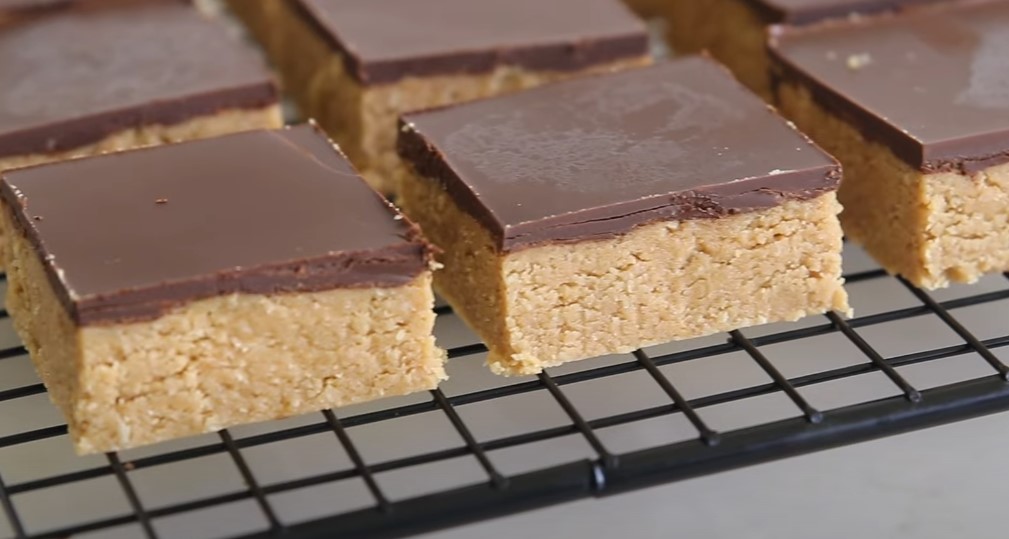
Perfect for those times when you can’t be bothered to turn on the oven. You’ll blend peanut butter, oats (make sure they’re certified gluten-free), a bit of sweetener (maple syrup or honey works), and optional mix-ins like chocolate chips or chopped peanuts.
- Method: Press the mixture into a pan, top with melted chocolate if desired, then let it set in the fridge.
- Tip: These bars are quite customizable: add a layer of caramel for extra flair or sprinkle sea salt on top of the chocolate layer.
- Serving Suggestion: Slice into squares and store them in the fridge for a convenient snack or dessert.
4. Gluten-Free Brownies
View this post on Instagram
There are countless ways to make GF brownies—some rely on almond flour, others on a blend, and a few skip flour altogether. My personal favorite uses a blend of melted chocolate and cocoa powder for maximum fudginess.
- Occasion: Office parties, birthday celebrations, or just because.
- Tip: Avoid overbaking. Pull them out when the center still looks slightly shiny or underdone. They’ll keep cooking a bit as they cool.
- Serving Suggestion: A scoop of vanilla ice cream on a warm brownie is heavenly.
5. Pavlova
Light, airy, naturally free of gluten, and visually striking with its crisp exterior and marshmallow-like interior. Once you have the meringue base baked, top it with fresh whipped cream and your favorite fruit.
- Method: Whip egg whites with sugar until glossy peaks form, then bake at a low temperature.
- Tip: Let the pavlova cool completely in the oven with the door slightly ajar to prevent cracking. A little cracking is normal, though—it just adds to the rustic charm.
- Serving Suggestion: Layer with berries, kiwi, or even a passion fruit sauce to brighten the sweetness.
6. Coconut Macaroons
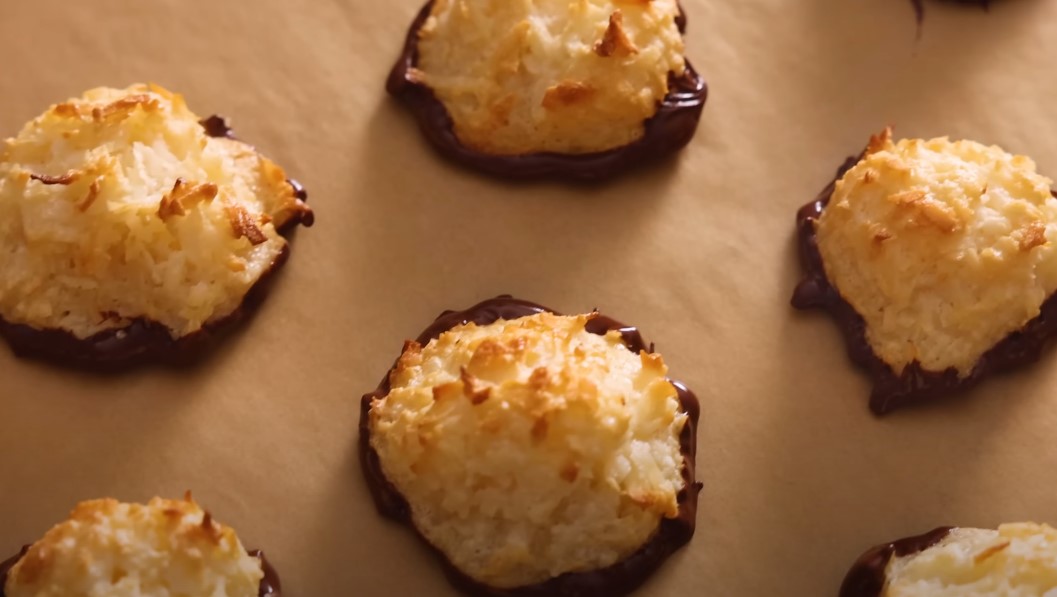
These chewy, golden delights need only shredded coconut, egg whites, sugar, and vanilla. They’re fast to whip up, and they keep well in an airtight container.
- Method: Whisk egg whites until they’re frothy (some people like soft peaks), fold in coconut and sugar, then form small mounds on a baking sheet. Bake until lightly browned.
- Tip: For more indulgence, dip the bottoms in melted chocolate. Let them set on parchment paper.
- Serving Suggestion: Great for potlucks, holidays, or a quick coffee break dessert.
7. Baked Apples or Pears
All you really need is fruit, a bit of butter, some brown sugar, and a pinch of cinnamon. It’s a naturally gluten-free, comforting dessert that you can scale up or down.
- Method: Halve the fruit, scoop out the core, and fill each with a butter-sugar-cinnamon mixture. Bake until tender.
- Tip: Add chopped nuts or a drizzle of honey on top for extra flavor.
- Serving Suggestion: Serve warm with vanilla ice cream or Greek yogurt.
8. Chia Pudding
Minimal effort, maximum payoff. Stir chia seeds into your favorite milk (dairy or non-dairy), sweeten lightly, and pop it into the fridge to thicken overnight.
- Tip: For a silkier texture, blend it once set. Alternatively, leave the seeds whole for a tapioca-like consistency.
- Serving Suggestion: Layer with fresh fruit, granola, or a swirl of nut butter.
Why Gluten-Free Desserts Are Totally Worth It
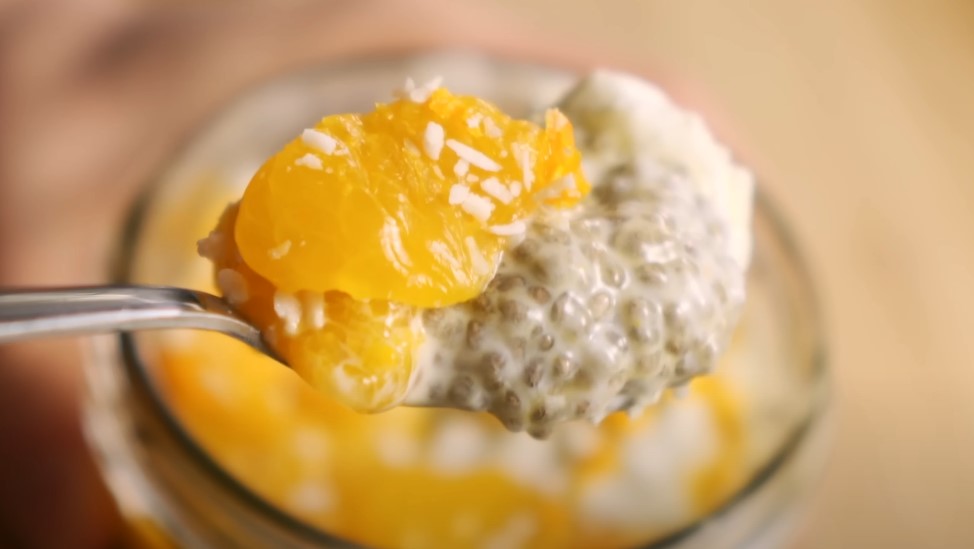
Gluten-free desserts often surprise people in a wonderful way. I’ve encountered many who hesitate at the thought of a “flourless” cake or cookie.
They picture a dense, chalky treat or assume it’s going to be some cardboard-like snack. Once they taste a well-crafted gluten-free recipe, though, they typically change their minds. Why the big shift?
Creative Flour Options
Almond flour, coconut flour, and even blends with ancient grains can lend unique flavors and textures that regular flour doesn’t always provide.
Almond flour, for example, contributes a nutty richness that makes brownies extra moist and cookies more tender.
Naturally Flourless Desserts
Some all-time favorites don’t actually use flour at all. Think chocolate truffles, pavlova, rice pudding, or even a classic baked custard. They’re all naturally gluten-free, so there’s no fuss required.
Health Perks (Sometimes)
Depending on the recipe, you may end up with a dessert that’s higher in protein or fiber, especially if you lean on nut flours or coconut flour. And while dessert is still dessert, a few extra nutrients never hurt anyone.
Inclusive Baking
If you have friends or family who skip gluten for health reasons, these recipes let you show them some love—nobody has to miss out on a sweet treat just because wheat is off the table.
Tips for Success
Baking with alternative flours and binders can feel a bit different, so here are a few pointers that have saved me from dry cakes and crumbly cookies more times than I can count:
- Weigh Your Ingredients: A digital kitchen scale is your best friend. Gluten-free flours can pack into measuring cups differently, which might throw off your recipe.
- Rest the Batter: Let batters and doughs sit for 15 to 30 minutes before baking if the recipe suggests it. This helps hydrate the flours and can improve the overall texture.
- Monitor Oven Time Carefully: Gluten-free treats can go from perfect to overcooked fast. Aim for a few minutes less than the usual wheat-based version and do a toothpick test or press test as it nears done.
- Use Proper Liners: Gluten-free doughs sometimes stick to pans more than wheat doughs. Parchment paper or silicone baking mats are lifesavers.
- Don’t Skip the Binder: If a recipe calls for xanthan gum or psyllium husk powder, include it. These ingredients help mimic the elasticity gluten would otherwise provide.
- Experiment with Liquid Ratios: Gluten-free flours can sometimes require more (or less) liquid. If you’re adapting a recipe, consider adding an extra egg or a splash of milk if the batter feels too stiff.
- Choose Ingredients Wisely: Quality matters, especially with chocolate, butter, and cocoa powder. Since you’re replacing wheat flour, you want the flavors you do use to really shine.
Keeping It Simple and Inclusive
The wide variety of gluten-free flours and recipes can feel exciting, but it doesn’t have to be overwhelming. Some of the best desserts out there (hello, flourless chocolate cake) barely need anything besides chocolate, butter, eggs, and sugar.
Others are all about letting fruit shine, like a sweet baked apple topped with a dollop of ice cream. Even if you’re not someone who avoids gluten all the time, it’s nice to have a few of these recipes up your sleeve.
